This year, it’s time to change the posture to understand the car network.
“Lack of effective business model†has been the biggest knot in the car networking industry since 2009, especially TSP. The core issue is that product value cannot be recognized by the public.
Nowadays, the development of the Internet of Vehicles is in the ascendant, and various technologies are emerging. However, the basics of its services are basically combined with a “one-button navigation†+ “security†+ “remote diagnosis/controlâ€, whether it is added value or A service that is not sticky to users. This result directly leads to the fact that in addition to individual brands, they can rely on user renewal (B2C) to make a profit. Other product brands and even luxury car brands have not broken through the "magic" that users do not buy.
Another embarrassing situation is: OEM car manufacturers on the one hand see the huge potential of car networking, increase investment, rush to launch projects, on the other hand, see TSP and car manufacturers do not seem to get any practical benefits from this "Red Sea"!
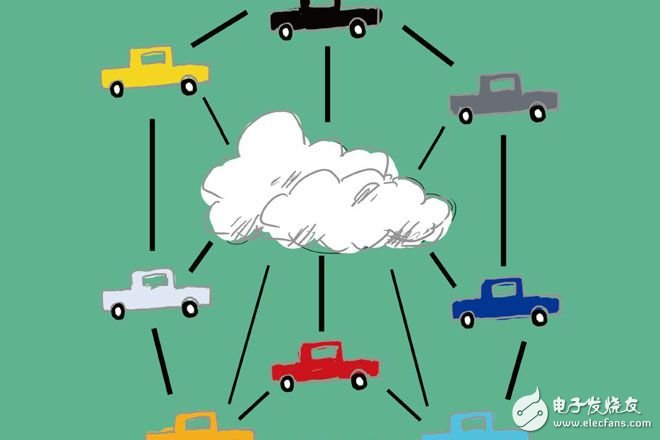
Let's take a brief look at the current business model of the Internet of Vehicles: In general, car companies have adopted the B2B2C approach to operating products. The service generally has two stages of “free period for customers†(B2B) and “renewal period†(B2C). The former is generally 1-3 years, and the OEM car factory “subsidizes†the TSP for a certain annual fee. During this period, the TSP only needs to do the operation and provide services. Basically, it is “living and earning moneyâ€, but the next “renewal period†is It is a test of the true level of operation and innovation of TSP. At present, it seems that in addition to Anjixing can get 60 points, other brands have reached a 20% renewal rate of the brand seems very few! Slowly, many car networking brands have a “three lows†phenomenon, namely: low installed rate, low renewal rate, and low active users.
Recently, two German luxury car giants Mercedes-Benz and BMW two friends unanimously released the "CASE", BMW called the "ACES" strategy. It can be seen that the four letters are identical, but the order is different, which means:
ConnecTIvity (car network)
Autonomous (automatic driving)
Sharing (shared travel)
EV (new energy)
These four directions are actually very relevant and complement each other, representing the most popular technologies and concepts of the Internet of Things, artificial intelligence, sharing of the economy and environmental protection. It can be said that this is also one of the major directions for the future of the entire automotive industry in the next 10-20 years.
Here, let's leave the last two for the time being. I would like to talk about the relationship between the three technologies of the car network, the automatic driving and the ADAS sandwiched in the middle. As everyone knows, the Internet of Vehicles does not have a formal Chinese name. It was called TelemaTIcs or Connected Car in the early years. In the past four or five years, everyone in China has been accustomed to calling the Internet of Vehicles. This is also due to the Internet of Things (IoT). The concept is slowly known to the public.
The Internet of Vehicles is based on a kind of “connectivityâ€, which allows the car to have “spirituality†and can receive and send data or commands, so that it can realize a series of value-added services together with GPS location and back-end systems (security, convenience, infotainment). ). However, the current car network only realizes the connection between the car and the back office, so the value brought by it is very limited. It is not difficult to understand why the majority of car owners are not willing to increase the number of hundreds or even thousands of them.
In the future, the Internet of Vehicles must be able to realize vehicle-to-vehicle communication (V2V) and traffic signals, road systems and even all object-to-value communication (V2X). In this way, narrow telecom network (TelemaTIcs) and V2V, V2X, ITS (intelligent) Traffic) is combined to form a true car networking ecosystem. By that time, the car network will not be a B2B2C model, but will become an indispensable part of the car.
Automated driving is the hottest topic in the global automotive industry in the last three or four years. Every car manufacturer has invested huge amounts of research and development funds and is afraid of falling behind others. Among them, Tesla and Google are the two companies with innovation as the core driving force. By. The huge potential of GPU in artificial intelligence was discovered by Wu Enda a few years ago, which made the second spring of NVIDIA, which accelerated the development of artificial intelligence and greatly shortened the time expectation of real business for autonomous driving.
At that time, many car scenes will undergo earth-shaking changes, the driver's energy will be liberated, the core functions of the car network will be changed from security and convenience to information entertainment, social, etc., and the previously developed car networking, V2X, ITS It is also bound to add a fire to the automatic driving.
And ADAS is also a hot topic in the automotive circle in recent years. Like Mobileye, Velodyne is a hot emerging company in this field. As we all know, the US SAE divides the automatic driving technology into 6 levels from 0 to 5, and some companies think that You can challenge the higher level directly in the “one step to the skyâ€, that is, fully automatic driving, but some car companies believe that it is pragmatically assisted to semi-automatic, and then to conditional automatic driving, finally to the real driverless. Therefore, the current mainstream ADAS technology is the junior and intermediate stage of autonomous driving.
Looking forward to these technologies, let us really look forward to the future, what can be done in the car network after 10 years? How important is it?
At different stages, the service scenarios will be very different, which is why more and more people are talking about the so-called "smart car life" ecology. In the auto-driving era of car networking, cars have completely entered the era of intelligence. At this time, some of the original core service contents such as “safety†(even insurance) and “navigation†will be weakened or even disappeared. Instead, they will be: personalized. Information and advertising, entertainment, in-car apps.
For customers:
Personalized content and services. First think about why the "Today's headlines" can be successful because everyone has a different understanding of the "headlines", and it is just good at exploring what each person's hobbies are and thus pushing information that is of interest to the user. As a veteran who has served in the field of car networking for more than 9 years, sometimes I feel embarrassed. As a car manufacturer or TSP, we have prepared a dish for the owner, but we are not very confident, what is the appetite of the owner.
In the "data and intelligence" era, we must dig deep into the needs, understand customers, and provide "personalized services" for everyone to truly "stick" customers. For example: the news that the user cares about, the new song that the user likes a singer, the weather forecast of the area that the user cares about, or a birthday reminder of someone. Think about it, if all users can achieve "personalized" content and services, when the user base is more, is there still a "group effect" to reduce the difficulty of operation and management?
In-car advertising. This topic has always been a topic of tickle and ignorance by OEMs. I remember that when I was communicating with the general manager of the data department of a Japanese car factory, he bluntly said: If I can make a decision, I will definitely do the boot advertising, we even consider putting some cars. The system's boot advertising rights are auctioned out. This ideal is very good. In reality, no car manufacturer has ever dared to eat this crab. The core problem is safety.
However, don't forget that in the case of autonomous driving, human driving basically does not need to worry about safety. We have a lot of time to spend in the car, and the advertising inside the car will become very realistic. Of course, people discuss advertising, but they don't reject useful ads. The term here refers to “precise advertisingâ€. When to advertise, at what frequency, and what to do, the results are reflected in the background big data and artificial intelligence.
In-car entertainment. Driving while driving is also a part of the car life. Although it is impossible to have a product available, I believe that forward-looking game developers will definitely have a layout in this regard. In a small car interior, what will be the scene with VR glasses playing games?
Once the car owner has another way of life in the car in the future, major car manufacturers are bound to open some car operating systems, develop functions similar to the App Store, and allow many third-party applications to settle in. Therefore, the owner of the car can be satisfied from the lack of demand.
For the car factory:
Huge data potential. The layout of the car network in each car factory will take some detours more or less. To give an example: the previous generations of many car manufacturers did not have the "active data acquisition" function. That is to say, if the customer does not actively use the service, the background will not actively capture the data. In this way, when all the various lines are talking about "big data", the data of the Internet of Vehicles is far from enough in magnitude and depth, which makes the car factory have no enough data to dig.
In recent years, BMW and Volvo announced that the "basic service" free period will be extended to 10 years. This year, Anjixing will follow up and extend the basic service free period to 5 years. The purpose is to collect data under the name of "free" and secretly collect data. . Only big data collection and large customer base make such big data analysis meaningful.
Of course, it is not enough to have such data. The value of the problem data is not limited, but there are as many dimensions as possible, so that you can play more value, so if you can understand online shopping information such as customers, Payment information, credit information, and other data that are not directly related to car life will be of great benefit! The "Zebra Zhixing" launched in July 2016 is based on Alibaba's YunOS system, which is equivalent to establishing a channel between the Internet of Vehicles data and the Ali account data. Undoubtedly such data analysis may have a subversive significance.
EV forced the Internet of Vehicles to become standard. As mentioned earlier, EV will be a big direction for future car development! In the era of fuel vehicles, when people buy a car, they look at the "three major parts - the engine, the gearbox and the chassis. This is especially important for the engine. In the era of electric vehicles, people should pay attention to "battery, software and chassis". Three big pieces.
From the example of Tesla we can see that software is playing an increasingly important role, and Autopilot 2.0 is obtained through software upgrades. The iteration of future automotive software will also become faster and faster! (In the past, I bought a car and basically didn't need to upgrade the software for the whole life.) The function of updating the car through FOTA upgrade, improving the BUG, ​​and improving the user experience cannot be separated from the existence of the Internet of Vehicles. Another need for EVs for the Internet of Vehicles comes from national laws and regulations on monitoring.
In general, the future of car networking is becoming more and more “basic and intelligent†and an important part of the car's core system. Just like computer networking 20 years ago, it is an inevitable trend. Gradually mature "4G/5G", "cloud computing", "big data", "artificial intelligence", "new energy" will further increase the value of the Internet of Vehicles, and further reduce the cost. The biggest benefit in this is The car factory itself, and its corresponding business model, must be "free for users"!
12V
Dc Motor Can drive under the rated voltage 12 v dc motor, most of the products our company can achieve the 12 v voltage drive, speed can be customized according to customer demand.
Characteristics: 12V dc
motor With torque, low noise, small size, light weight, easy to use, constant speed operation, etc, also can match all kinds of reducer in order to achieve the purpose of changing the output speed and torque
Application field: 12V Dc Motor part of the armature iron core, armature, commutator and other devices, dc motor is suitable for most of the electronic products, such as electric toothbrush, razor, medical apparatus and instruments, breeze machine, mixer, etc
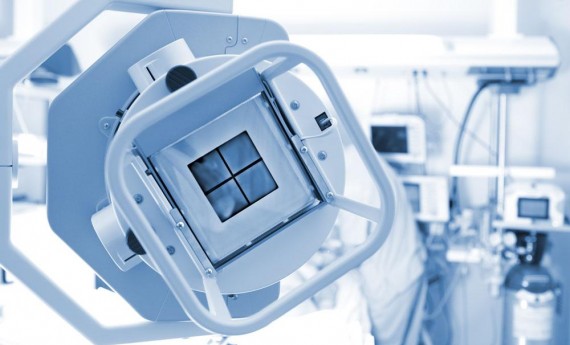
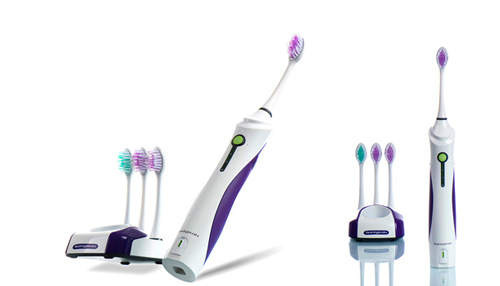

Method of use: the best stable in horizontal plane, installed on the 12V dc motor output shaft parts, cannot use a hammer to knock, knock prone to press into the 12V dc motor drive, may cause damage to internal components, and cannot be used in the case of blocked.
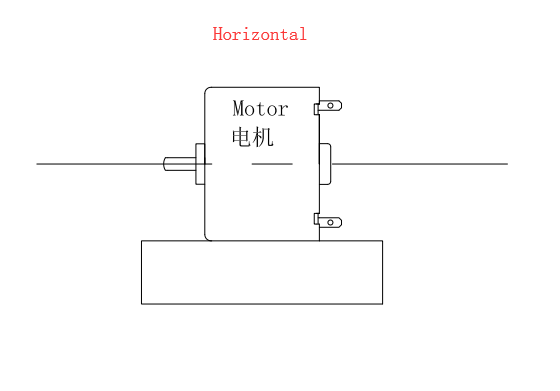
Operating temperature range:
12V dc motor should be used at a temperature of -10~60℃.
The figures stated in the catalog specifications are based on use at ordinary room temperature catalog specifications re based on use at ordinary room temperature (approximately20~25℃.
If a 12V dc motor is used outside the prescribed temperature range,the grease on the gearhead area will become unable to function normally and the motor will become unable to start.Depending on the temperature conditions ,it may be possible to deal with them by changing the grease of the motor's parts.Please feel free to consult with us about this.
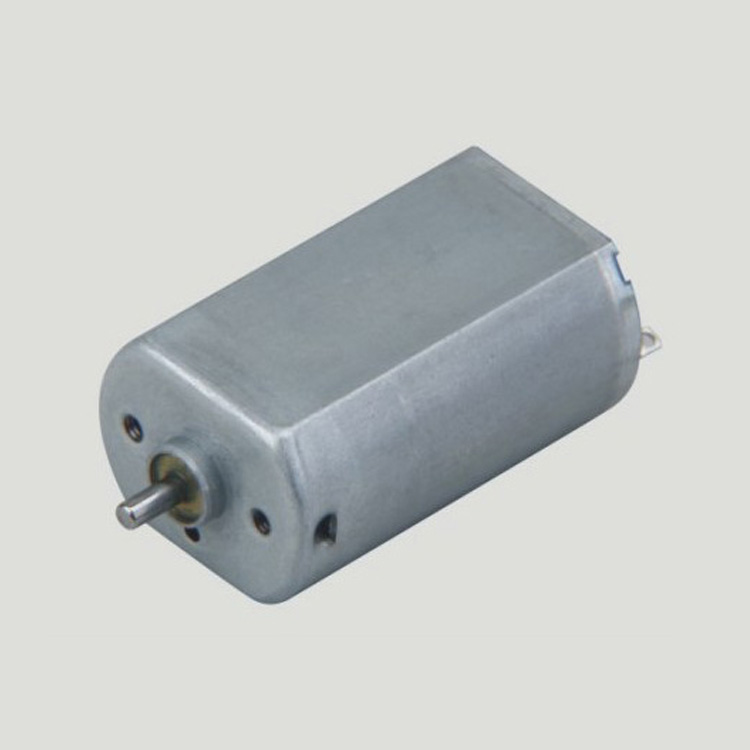
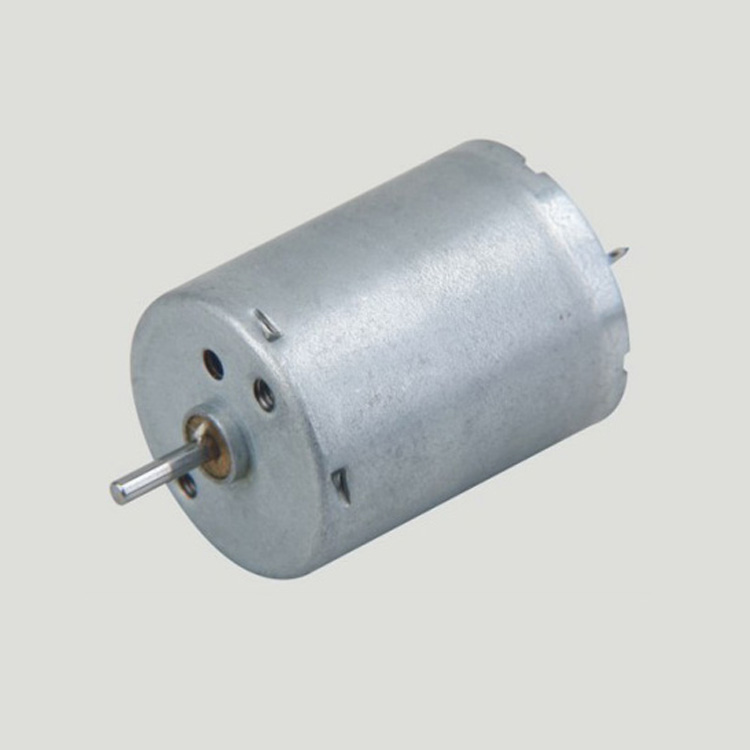
Storage temperature range:
12V dc motor should be stored ta a temperature of -15~65℃.
In case of storage outside this range,the grease on the gearhead area will become unable to function normally and the motor will become unable to start.
Service life:
The longevity of geared motors is greatly affected by the load conditions , the mode of operation,the environment of use ,etc.Therefore,it is necessary to check the conditions under which the product will actually be used .The following conditions will have a negative effect on longevity.Please consult with us should any of them apply.
â—Use with a load that exceeds the rated torque
â—Frequent starting
â—Momentary reversals of turning direction
â—Impact loads
â—Long-term continuous operation
â—Forced turning using the output shaft
â—Use in which the permitted overhang load or the permitted thrust load is exceeded
â—A pulse drive ,e.g.,a short break,counter electromotive force,PWM control
â—Use of a voltage that is nonstandard as regards the rated voltage
â—Use outside the prescribed temperature or relative-humidity range,or in a special environment.
â—Please consult with us about these or any other conditions of use that may apply,so that we can be sure that you select the most appropriate model.
when it come to volume production,we're a major player as well .each month,we rurn out 600000 units,all of which are compliant with the rohs directive.Have any questions or special needed, please contact us, we have the engineer group and best sales department to service to you Looking forward to your inquiry. Welcome to our factory.
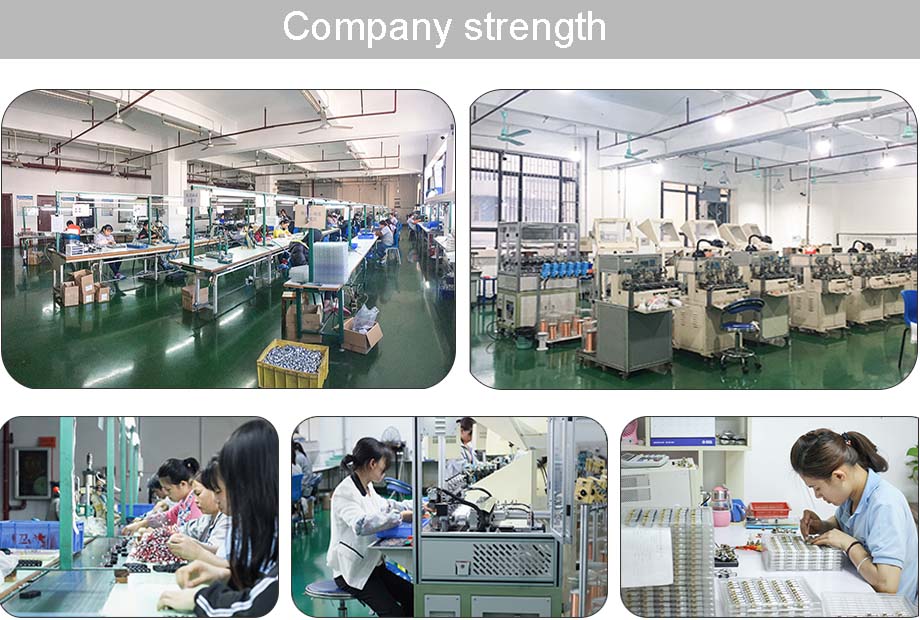
12V Dc Motor,Dc Motor 12V,12 Volt Dc Motor,Low Rpm Dc Motor
Shenzhen Shunchang Motor Co., LTD. , https://www.scgearmotor.com